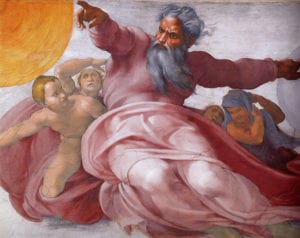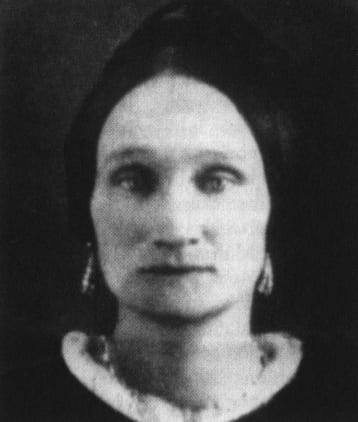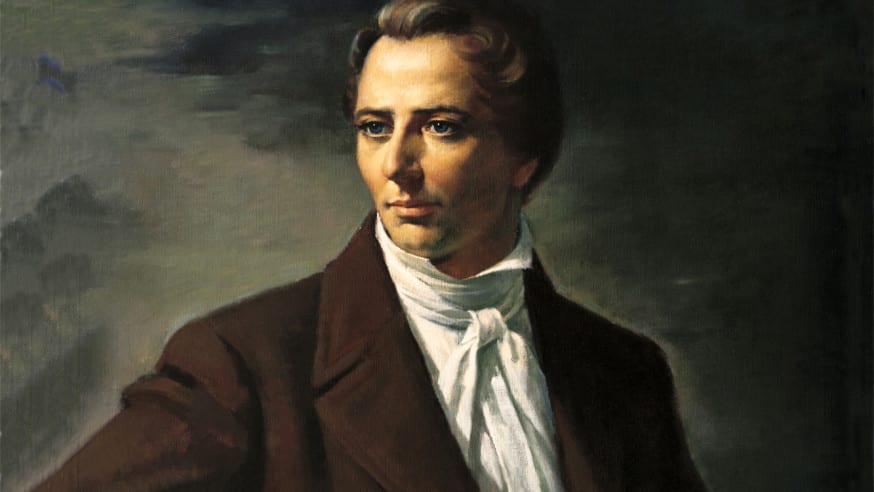FAIR has a service where questions can be submitted and they are answered by volunteers. If you have a question, you can submit it at https://www.fairlatterdaysaints.org/contact. We will occasionally publish answers here for questions that are commonly asked, or are on topics that are receiving a lot of attention.
QUESTION:
My dear friend shared with me some information suggesting Joseph Smith’s involvement in plural marriage was doctored in after the fact by Brigham Young and his associates, especially William Clayton. To support this, they refer to public speeches by Joseph and Hyrum Smith, denying participation in plural marriage. So much of what we know depends on what is in the William Clayton diaries, which they say is possibly “revised history.” I also noted that it was announced that the William Clayton Diaries would be made available a few years back, but haven’t been yet. Do you know of any further information on that?






